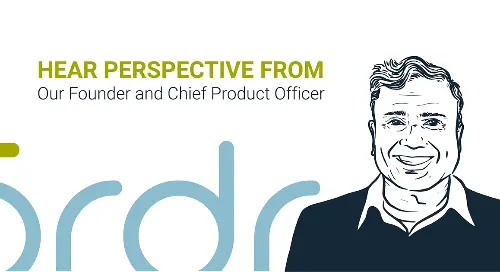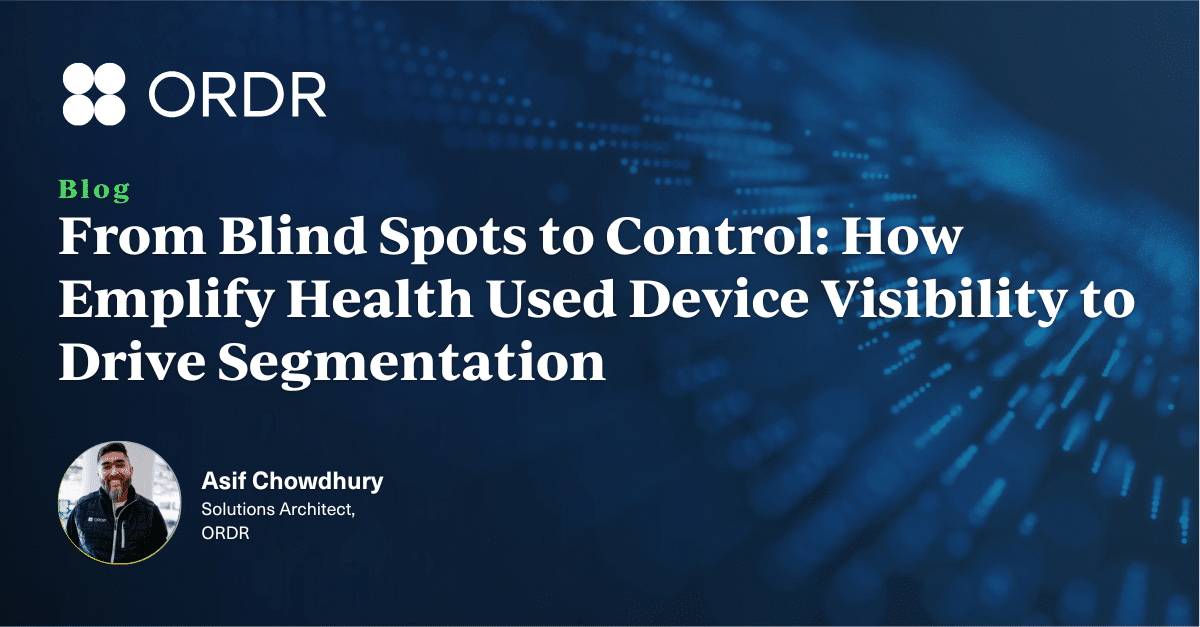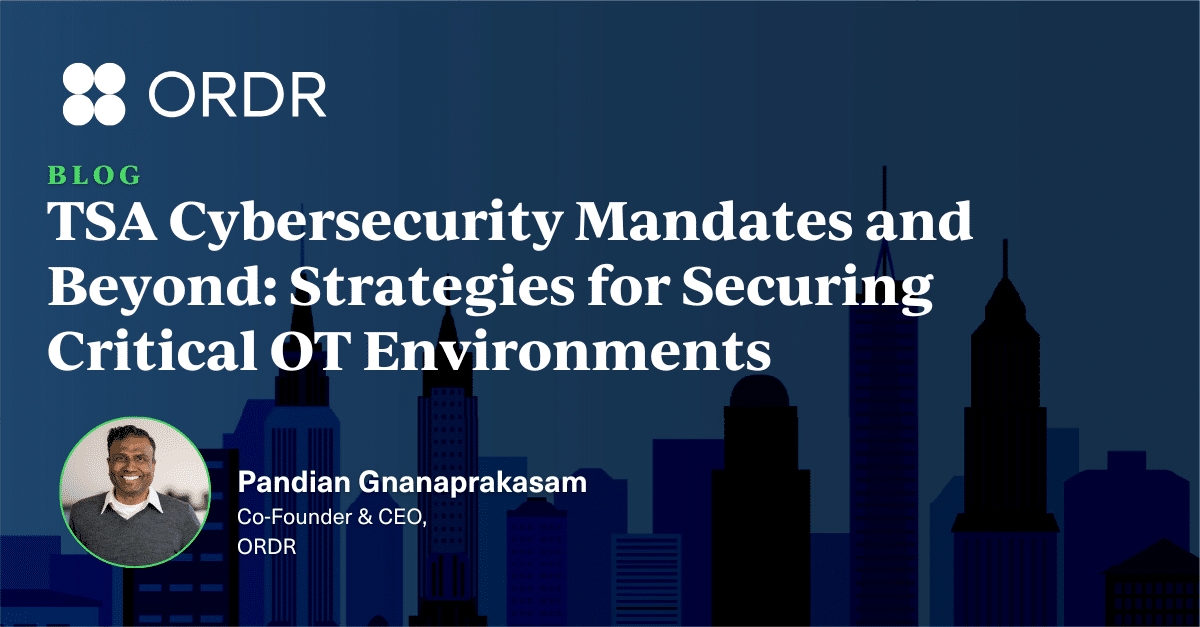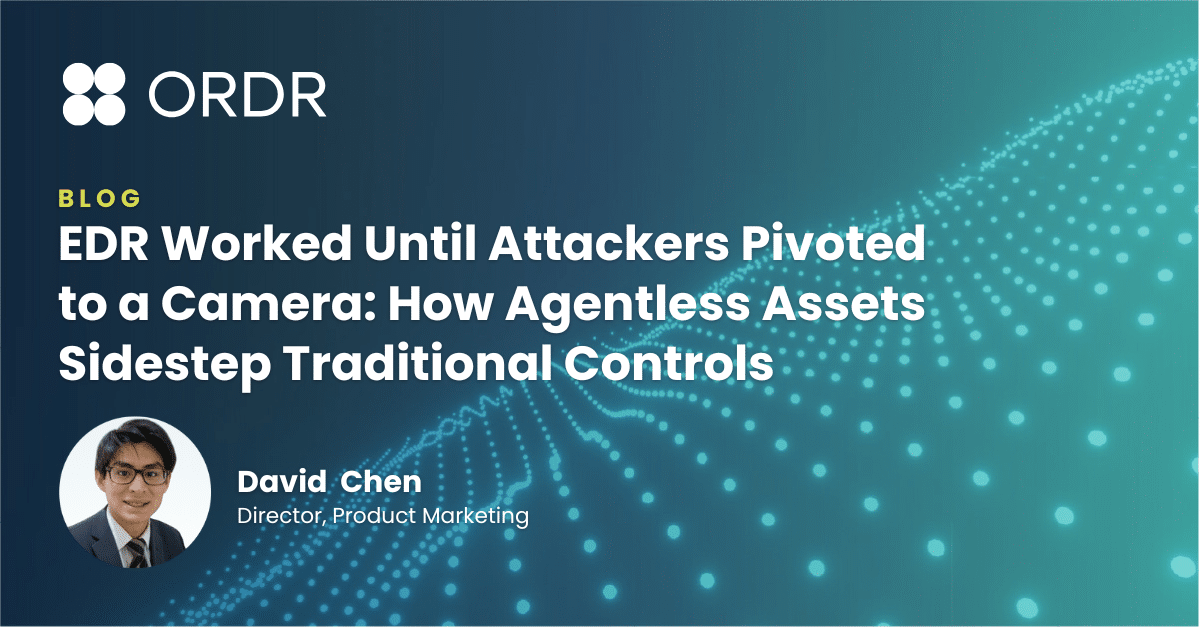Part VI of VI on Control
Who, What and For Real?
With all the antics and the daily drama, it’s not easy keeping up with the Kardashians. Kim, Kourtney, Khloe, how do you keep up with everything they do? An oftentimes, it is quite unexpected what they do. Thinking about the Kardashians made me empathize with the hospital IT staff who have the unenviable task of keeping tabs of all the users and applications that are crisscrossing a major healthcare network. How do we easily keep track of everything without multiple systems that need to be stitched together?
When thousands of people are moving about in and out of a hospital, understanding what each and every user is doing is not easy. The problem is made more difficult since not all users are created equal and access for some people to certain devices is allowed but access to others is not. An MRI machine, for example, some medical personal are allowed to use it but some people are not. Easy stuff right with access control, right? But it can get complicated.
User profiles are often set up via an Active Directory yet sometimes a user can be created locally on the fly so it’s important to discern the difference between the two as this can be a big area of potential security weakness. Sometimes, profiles are created as users log in to a device and just add more new users, forgetting to delete the user if the session was a one-timer. For real, this happens more than you think. It helps to be contextually aware to understand not just who has access, but when the login occurred, and how long a session for a particular medical device lasted. A user provisioned on a CT scanner can potentially have access to the entire patient record database in a hospital. Think about that, the least protected device is potentially the gateway to the most valuable data.
Access and Convenience via Applications
Who doesn’t love apps that give users access with convenience? In hospitals and other enterprises for that matter, mission-critical business applications are used to come in and out of the network helping to drive overall productivity with the added convenience of remote use. Doctors use mobile applications all the time and it’s important from a security point of view that an organization understands what devices were accessed and whether or not it was done so appropriately via the corporate network or inadvertently by the guest network. Sometimes we see credentials shared across multiple users so it is important to safeguard how many people are claiming to be an admin for example.
In the application kingdom, there are supervisory protocols like TELNET (port 23), FTP (port 21), SSH (port 22), SNMP (161) and others that are usually used by system administrators. As an example, SSH enables an administrator to securely connect to a remote server and perform necessary operations on that server. These supervisory applications are routinely used by admins to operate, debug, transfer data and fix things on the servers. And these applications are used in all Operating Systems including Microsoft Windows.
Understanding applications is one thing but what’s also important is to understand the flow and what is actually happening in a session. If there is a regular port 22 session with a known regular device that is fine but shouldn’t someone proactively ring the alarm if the SSH session comes from a different or even worse from an unknown un-authorized person? And wouldn’t it be helpful to know which stations are performing how many sessions to quickly understand any abnormal behavior?
Stealing the Keys
The problem in relying on supervisory commands to operate critical devices can leave you vulnerable if by chance the credentials are stolen. If this occurs, then brace yourself as anything can happen. Hackers can change code, manipulate machines, it can be quite the issue so if anything, the faster the detection, the more damage can be contained.
Application control is essential and it is important to quickly see something that looks out of the normal behavior as this can be an early sign of malicious behavior. If there are specific pediatric centric applications, take the necessary step to see who and when it is accessing and for what purpose. Is a medical device being accessed too often? It may not be just a utilization issue but rather an indication that something is off.
Take Control
The Ordr system control engine has the ability to track every user and every application, all the time. It’s one holistic platform for all your visibility needs. We can provide the insight into each medical machine, and tell you who logs in, when the machine was used and for how long. That’s helping you take control. We can further map specific devices to specific users to provide the granular detail helping you to take proactive security to the next level.
On applications, we have the capability to track applications and any device or workstation that uses that specific application. Specifically, command applications such as SSH flows between machines are closely monitored and we can show you all the secure shell sessions of any device at any point in time. Keeping track of the countless users and applications is not easy but we can make it easier in an AI-based system that keeps learning and gets smarter with each use. Now only if we can automate Kylie Jenner’s jet setting whereabouts.

Interested in
Learning More?
Subscribe today to stay informed and get
regular updates from ORDR Cloud




